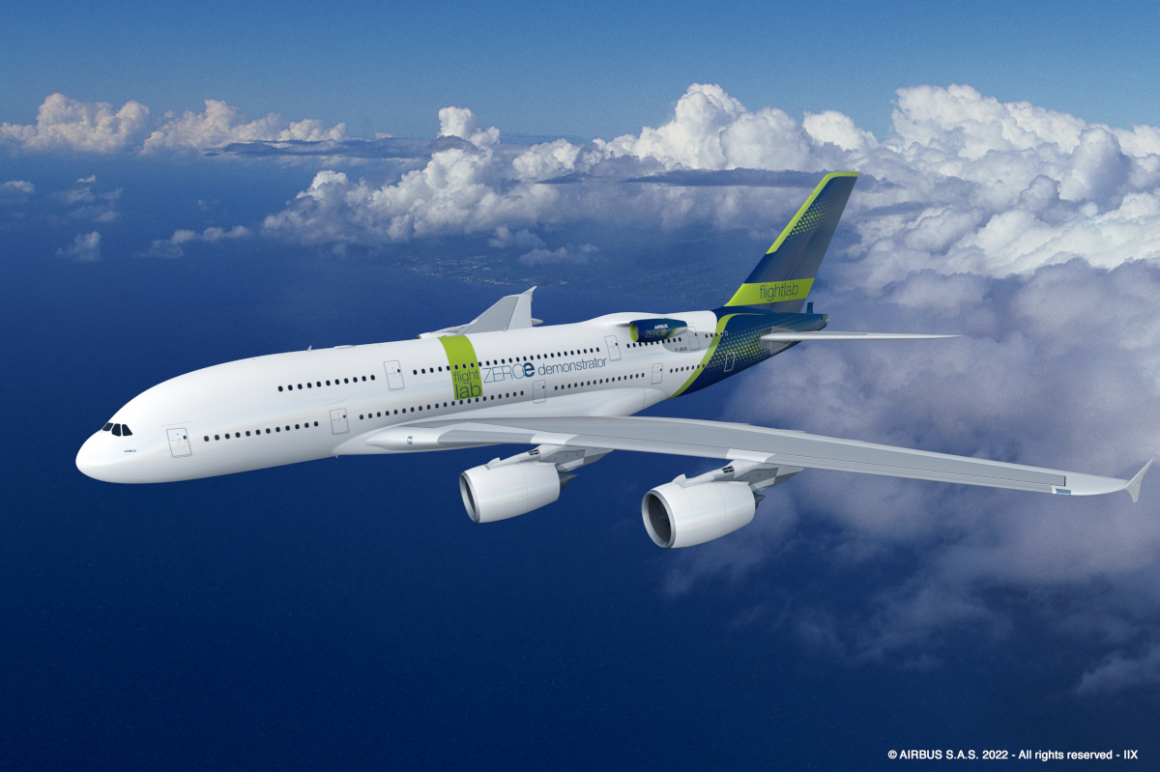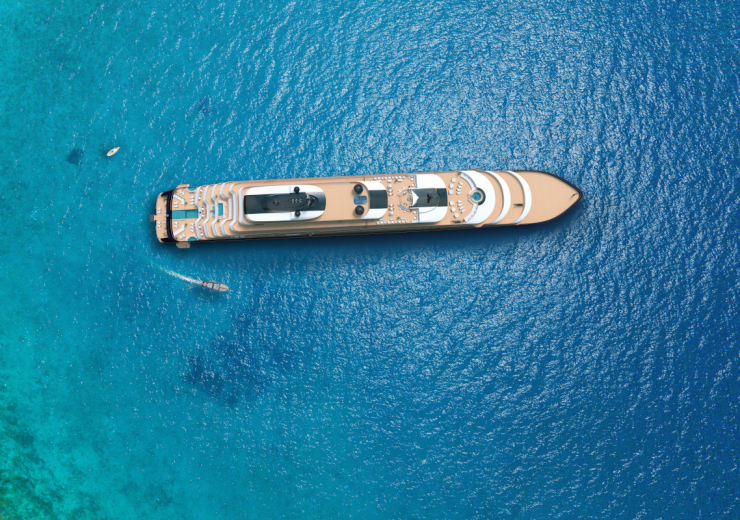The Airbus Technocentre, located in Nantes, has produced prototypes of cutting-edge hydrogen tanks for the zero-emission aircraft project led by the aeronautics giant. A hydrogen powered A380 will fly by the end of the decade.
The aeronautics industry is beginning a green revolution. In March, Airbus performed the first flight of an A380 powered by 100% Sustainable Aviation Fuel (SAF) in France, and a few weeks prior the group revealed its ZEROe demonstrator which has four tanks and a liquid hydrogen distribution system.
To support its strategy of developing a hydrogen powered commercial aircraft by 2035, Airbus is creating Zero Emission Development Centres (ZEDC). The first ones are located in Bremen (Germany) and within the Airbus Technocentre in Nantes, Atlantic France, which employs 50 people.
Recently, the Technocentre announced that it had completed the manufacturing of the first three hydrogen tanks. These 1 m³ prototypes will allow Airbus to evaluate the manufacturability and test the safety of these innovative cryogenic tanks.
A hydrogen aircraft to be completed before 2030
The Airbus Technocentre will then work on the production of medium-sized tanks, from 3 to 5 m³, and is planning to install a pre-production line in 2025. The tanks will be installed on the A380 MSN1, which is the first-ever A380 to be produced by Airbus, and the first flight is planned to take place before the end of the decade.
The A380 MSN1 is an excellent flight laboratory platform for new hydrogen technologies. It’s a safe and reliable platform that is highly versatile to test a wide range of zero-emission technologies. In addition, the platform can comfortably accommodate the large flight test instrumentation that will be needed to analyse the performance of the hydrogen in the hydrogen-propulsion system.
Mathias Andriamisaina, Airbus ZEROe Demonstrator Leader
Heading towards series production
The ZEDC will also explore the best ways to prepare series production, and in particular with industrial automation. In addition, Airbus plans to make significant investments in order to extend its facilities from 400 to 2,500 sqm.


 日本語
日本語  Français
Français 



